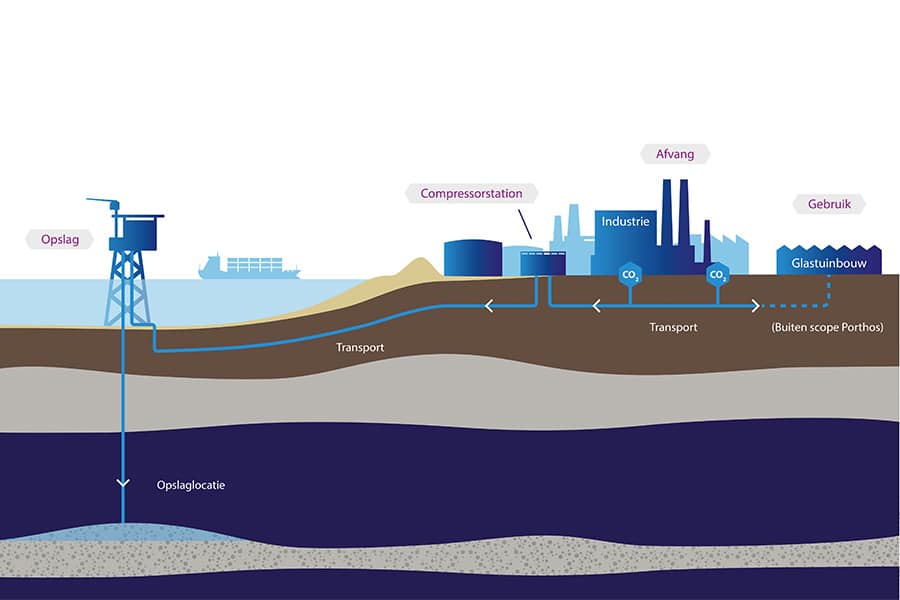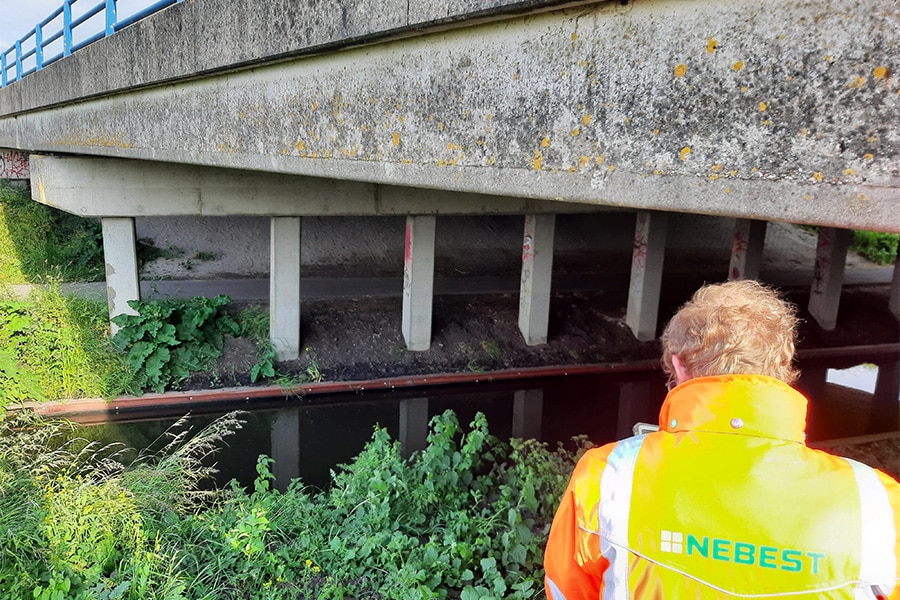
Silent sand transport
Instead of using many trucks, the sand is transported via a 2 kilometer long pipe conveyor from Winssen to Deest. As a fixed partner of Moors Constructie en machinebouw Bergharen, Coatinc Mook hot-dip galvanized all steel frames in six months, so that the construction can withstand weather and wind.

For Geertjesgolf, all possible scenarios were considered to transport the sand over a distance of 2 kilometers, says Barry Moors, director of Moors Constructie en machinebouw Bergharen (MCB). "In order to limit the inconvenience on the surrounding area, we quickly arrived at a conveyor system with a capacity of 1,200 tons per hour. Processing such quantities corresponds to the deployment of 60 trucks to drive up and down. Not an option, therefore. A conventional open system proved unsuitable, because of the many transfer points required and the risk of losing sand and gravel "along the way" due to the influence of weather and wind. It was finally decided to opt for a closed pipe conveyor that we developed and produced entirely in-house."

Hot-dip galvanizing
The pipe conveyor involves a closed system with two lines one above the other and a one-piece belt. "When loading and unloading, the belt folds open, but as soon as it leaves the depot, it folds together to an internal diameter of 350 millimeters," Moors explains. "That way we can also keep the so-called hexagonal frames - through which the belt runs - relatively small in size. Incidentally, the frames are all hot-dip galvanized. A conscious choice. Not only does it look sleek and neat, but, unlike a coating, it can take a beating. After all, the project will be laid out for at least fifteen years. Then you don't want to have to keep touching up the construction. The hot-dip galvanizing was carried out by our 'house galvanizing' Coatinc Company, which can handle such large-format structures very well."

On a roll
Coatinc Company hot-dip galvanized 250 12-meter-long frames in six months. In total, Moors says, this involved nearly 600 tons of steel. "The design took into account the requirements of galvanizing. In other words, we sought optimizations in order to galvanize the total structure as economically as possible. It is in fact a large Meccano package that is secured with nuts and bolts. In total we use 225,000 bolts M12 x 30 to screw all the frames together. So all the steel is hot-dip galvanized, except for the 24,000 rollers. Those are color coated. Purely a cost consideration. They don't rust anyway, even if the coating wears off. This is because the rollers are constantly moving, because the conveyor belt basically runs six days a week, 12 hours a day."

The vast majority of the frames were hot-dip galvanized by Coatinc Company between May and October of last year. "A full truck was hauled and delivered each time," Moors explains. "Then we were able to assemble the frames in the workshop and install them on site. After an extensive testing period, the pipe conveyor will be commissioned in June."



